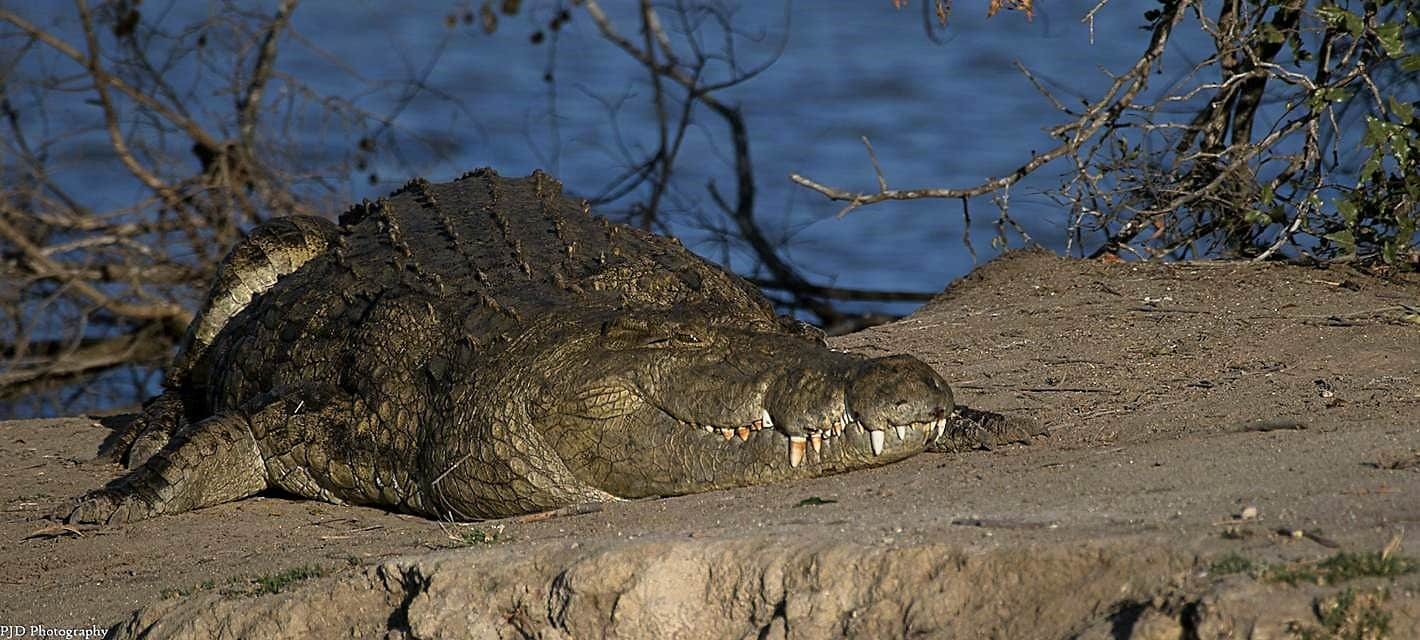The Kruger houses 114 species of reptile including 3,000 crocodiles, water and land monitors, and a wide variety of snakes.

A number of local snakes are toxic to mammals including humans. The black mamba has a fearsome reputation and folk tales tell of it pursuing people around. This is probably due to the way it moves, standing itself up to one-third of its 3m length and propelling itself forwards with a characteristic swaying motion, at some speed.
Boomslang and Mozambiquan spitting cobras are amongst the snakes able to deliver a remarkable array of venoms which vary in in effect from neurotoxic (suppressing the nervous system and inhibiting breathing), cytotoxic (dissolving skin membranes) to haemotoxic (affecting the blood).
However, with the exception of puff adders, which are notoriously slow to move away but very quick to strike, people normally only get bitten when attempting to handle or capture snakes.
Visually most impressive, and the only snake you are likely to see, is the African Rock Python, which can grow to an astonishing length and age in the wild. Rather than envenomating its prey, it wraps itself around its victim before constricting and ingesting it. Animals the size of impala or baby zebra can be killed in this way, and such a meal will keep the snake alive for up to a year.
If herpetology (the study of reptiles including snakes) interests you, then we can plan a visit to a superb Kruger reptile park where you will be given a basic introduction and meet some of the local species. Alternatively we can arrange a demonstration visit to your lodge by the owner/ curator, Donald Strydom or one of his staff, in return for a contribution to the upkeep of the centre. They often use such visits as an opportunity to return to the wild snakes that have caused problems in local residents’ homes.



